Game description:
A Nosey is a short investigative puzzle game that places the player in the role of a curious observer exploring a quiet suburban neighborhood. The objective is to uncover small secrets hidden within ordinary surroundings. The player moves through different environments, interacting with objects, doors, and notes that reveal fragments of information about the residents. Each clue leads to new discoveries, forming a network of connections that gradually explain what is really happening behind the closed doors. The game rewards attention to detail and careful deduction rather than direct confrontation or speed.
Gameplay And Interaction
The gameplay in A Nosey focuses on environmental exploration and observation. Players examine homes, streets, and backyards to collect subtle pieces of information. Every object can provide a hint—a misplaced item, a half-read letter, or a pattern of behavior. The interface is minimal, encouraging players to rely on logic and memory. Conversations, when available, are brief and indirect, forcing the player to interpret meaning through tone or context. Progression depends on identifying the correct links between found evidence and understanding how small details fit into the larger picture.
Features And Core Structure
A Nosey is built on layered exploration mechanics that gradually expand as the player uncovers new areas and insights. Each section of the neighborhood introduces new elements of gameplay and opportunities for discovery.
Main gameplay features include:
Environmental clues that require observation and interpretation
Nonlinear exploration of multiple connected areas
Dialogue fragments revealing partial truths
Inventory and note systems for tracking information
Dynamic story progression influenced by what the player chooses to notice
Story And Progression
The story in A Nosey unfolds through indirect storytelling. Instead of linear dialogue or missions, the player constructs the narrative through accumulated findings. Each discovery changes how previous clues are understood, transforming early assumptions into new perspectives. The neighborhood itself functions as both the setting and the puzzle—its layout, locked areas, and recurring motifs form part of the mystery. Some information is intentionally hidden, encouraging revisits to earlier locations to re-examine missed details. The structure rewards patience and awareness over action or speed.
Replay Value And Design Approach
A Nosey offers replay value through its branching interpretation system. Depending on which clues the player prioritizes, different explanations of the story can emerge. The absence of a definitive conclusion invites multiple readings of the same events, encouraging exploration beyond a single playthrough. Each session may reveal new context or previously unnoticed interactions that change the player’s understanding of the neighborhood. A Nosey functions as an investigative exploration game centered on curiosity, deduction, and how perception shapes the meaning of ordinary spaces.








































































































































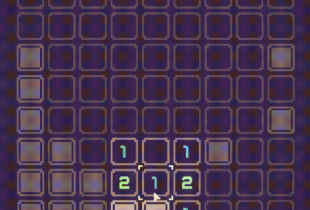

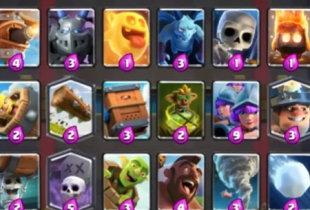



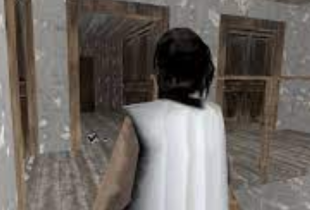
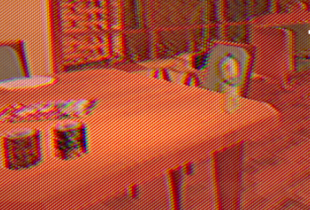

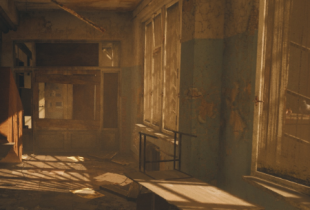


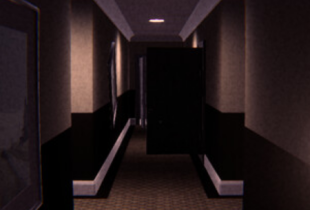



Comments